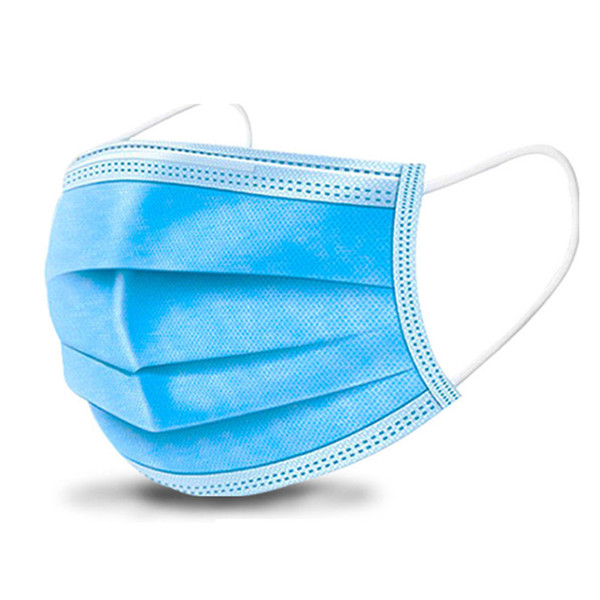What are the precautions in the production of Face Mask?
2025-09-28
Table of Contents
-
Key Precautions in Face Mask Production
-
In-Depth Look at Our Product Parameters
-
Material Composition and Filtration Efficiency
-
Design, Fit, and Comfort Features
-
Quality Assurance and Certifications
-
Frequently Asked Questions (FAQ)
1. Key Precautions in Face Mask Production
The manufacturing of a high-quality Face Mask is a precise science that demands rigorous attention to detail at every stage. A single oversight can compromise the entire batch, rendering the product ineffective. The primary precautions focus on three core areas: material integrity, production environment control, and stringent quality control checks.
First, the sourcing of raw materials is critical. All non-woven fabrics, melt-blown filters, nose clips, and ear loops must come from certified suppliers with verifiable test reports. Each material roll should be inspected upon arrival for defects, consistency, and performance specifications. Secondly, the production must occur in a controlled, cleanroom environment to minimize particulate and biological contamination. Finally, a robust Quality Control (QC) system must be implemented, with frequent sampling and testing throughout the manufacturing process, not just at the end.
2. In-Depth Look at Our Product Parameters
Our surgical-style 3-ply Face Mask is engineered to meet international standards for protection, comfort, and reliability. Below is a detailed breakdown of its construction and key parameters.
Product Structure:
-
Outer Layer: Hydrophobic non-woven fabric. Repels water, blood, and other body fluids.
-
Middle Layer: High-efficiency melt-blown filter. This is the critical barrier that filters out particles, including bacteria and droplets.
-
Inner Layer: Soft, skin-friendly non-woven fabric. Absorbs moisture from exhaled breath for greater wearing comfort.
3. Material Composition and Filtration Efficiency
The performance of a protective Face Mask hinges on its material quality and filtration capability. Our masks are constructed to provide a superior balance of breathability and protection.
| Parameter | Specification | Test Standard |
|---|---|---|
| Bacterial Filtration Efficiency (BFE) | ≥ 98% | ASTM F2101 |
| Particle Filtration Efficiency (PFE) | ≥ 99% (at 0.1 micron) | ASTM F2299 |
| Breathability (Delta P) | < 5.0 mm H₂O/cm² | ASTM F2101 |
| Splash Resistance (Synthetic Blood) | Passes at 80 mmHg | ASTM F1862 |
4. Design, Fit, and Comfort Features
A mask's effectiveness is also determined by its fit and comfort, which encourage consistent and correct usage.
-
Adjustable Nose Clip: A malleable aluminum strip ensures a secure seal over the bridge of the nose, preventing glasses from fogging and minimizing gaps.
-
Low-Breathing Resistance: The advanced filter media provides high filtration without making it difficult to breathe.
-
Soft Ear Loops: Latex-free, elastic ear loops are designed to minimize ear pressure and discomfort during extended wear.
-
3-Ply Flat Design: The design is lightweight and easy to wear, store, and dispose of.
5. Quality Assurance and Certifications
We do not compromise on quality. Our entire manufacturing process is subject to a multi-point inspection system.
-
In-process QC: Operators check for visual defects, weld integrity, and component placement every hour.
-
Final Random Inspection: Finished products are sampled from each batch according to AQL (Acceptable Quality Level) standards.
-
Certifications: Our production facility and final product are certified by internationally recognized bodies, including:
-
FDA (Food and Drug Administration)
-
CE Marking (Complying with European Standard EN 14683)
-
ISO 13485 (Medical Devices Quality Management System)
-
6. Frequently Asked Questions (FAQ)
Q1: What is the primary function of the middle layer in a 3-ply mask?
The middle melt-blown layer is the core filtering component. It uses an electrostatic charge to attract and capture microscopic particles, including bacteria, viruses, and dust, ensuring high BFE and PFE ratings.
Q2: How long can I continuously wear this Face Mask?
We recommend replacing the mask if it becomes damp, soiled, or damaged. For optimal hygiene and performance in high-risk environments, a single-use mask should typically not be worn for more than 8 hours. It should be disposed of responsibly after use.
Q3: Are your masks suitable for use in medical settings?
Yes. Our masks are tested and certified as Type IIR surgical masks according to EN 14683, making them suitable for use in medical environments where there is a risk of fluids and aerosols. They provide both high filtration and fluid resistance for the wearer.
If you are very interested in our company's products or have any questions, please feel free to contact us.



